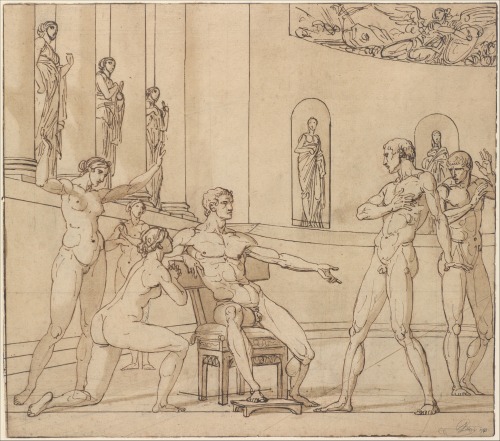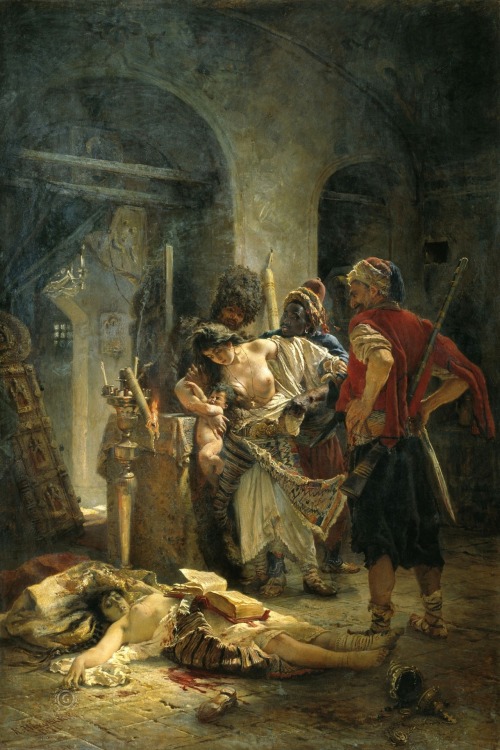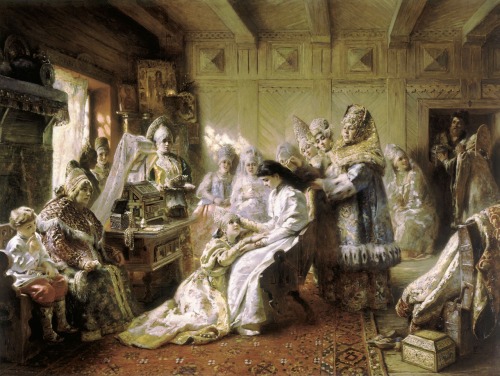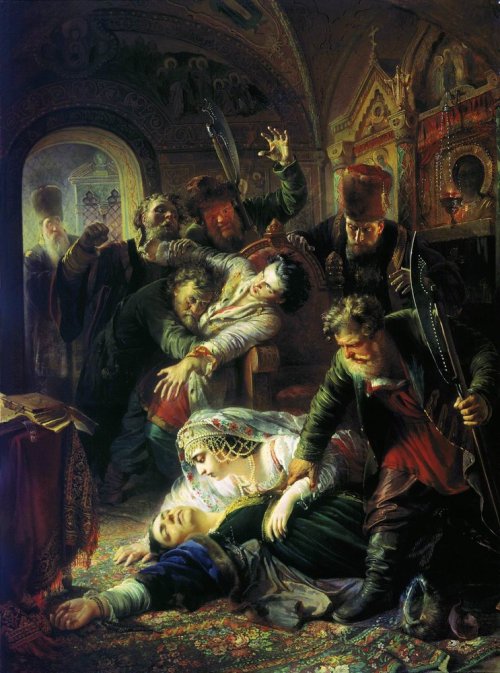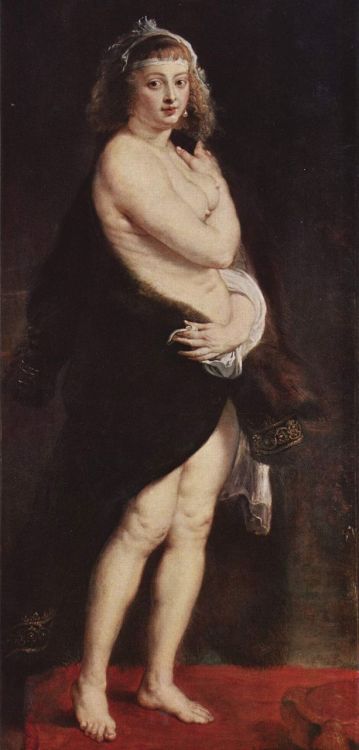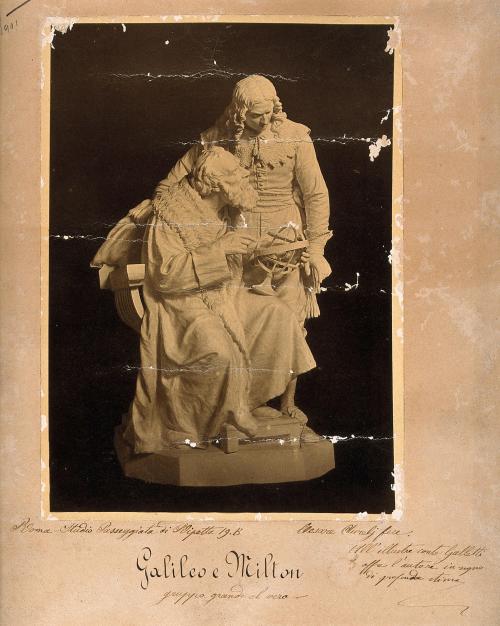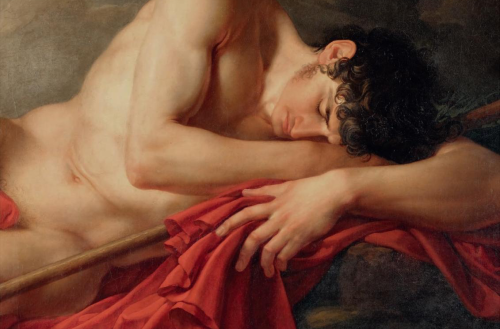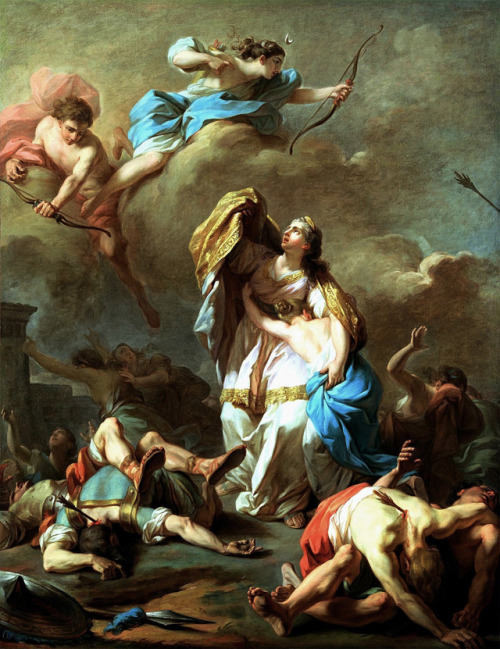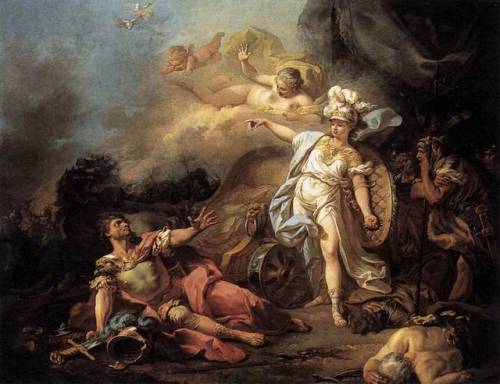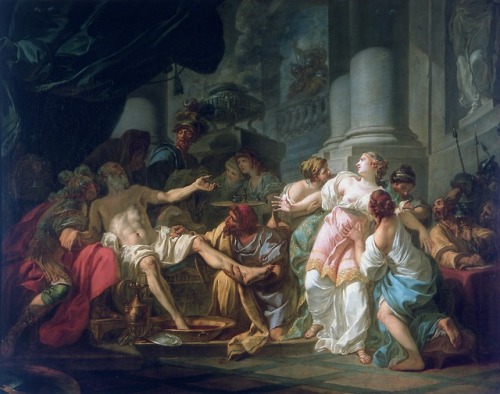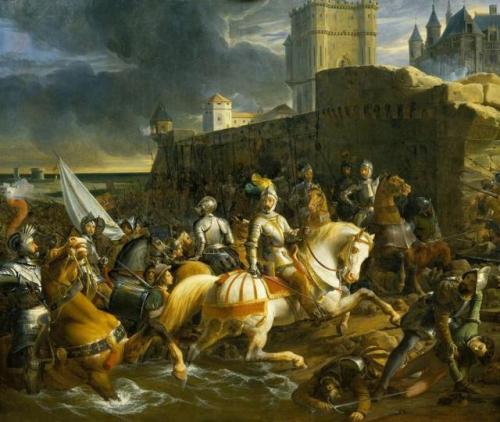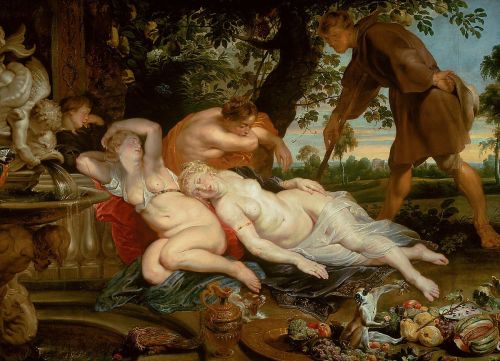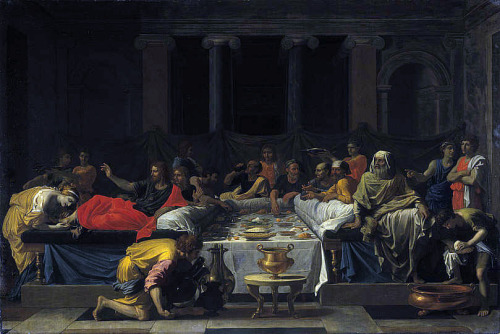#history painting
The Clemency of Augustus
François André Vincent (French; 1746–1816)
ca. 1787–88
Pen and brown ink, brush and brown wash, over traces of red chalk; perspective lines in graphite
The Metropolitan Museum of Art, New York
The artist here depicts the concluding scene of Pierre Corneille’s 1641 play, Cinna
Post link
Konstantin Makovsky (1839—1915, Russia)
History paintings
Makovsky was an influential Russian painter, affiliated with the Peredvizhniki school of Realism. While some of his work reacts against the Academy, he found success in the Salon alongside other Academic painters, and his work can be seen as perhaps related to the French movement of Academic Naturalism. Many of his historical paintings showed an idealised, Romantic view of Russian life of prior centuries, with a particular focus on Boyar people and culture. He was also a popular and prolific portrait painter.
Post link
Peter Paul Rubens (1577-1640)
A Flemish Baroque painter, who is best known for his epic history paintings of myth and patriotic glory, such as his famed ceiling paintings at Inigo Jone’s unique Banquet House, which unashamedly reinforces the devine right of Kings. In my mind however when I think of Rubens I think of his delicately vivid palette and fleshy sensuous depiction of the female body.
This style is particularly indicative of his later works which feel more liberated, less academic and restrained. Perhaps these physical developments were encouraged by his second marriage to Hélène Fourment four years after the death of his first wife, when Rubens was well into his 50s and she was a tender sixteen years of age. As made clear from this intimate revealing portrait of Fourment, he took great inspiration from her curvaceous form, and had elevated her to the status of muse.
Post link
- Sculptured group of Galileo Galilei and John Milton by Cesare Aureli (1844-1923, Italian)
- Galileo Galilei receiving a visit from John Milton at the Torre del Gallo by Annibale Gatti (1828-1909, Italian)
Post link
The Combat of Mars and Minerva (1771) - Joseph-Benoit Suvee (1743-1807)
The Children of Niobe Killed by Diana and Apollo (1772) - Pierre-Charles Jombert (1748-1825)
The Death of Seneca (1773) - Jean-Francois Pierre Peyron (1744-1814)
The works which beat out Jacques-Louis David’s first three attempts to win the Prix de Rome from the French Royal Academy. Peyron’s painting has been lost to history and only preliminary drawings survive.
Post link
The Combat of Mars and Minerva(1771)
Apollo and Diana Attacking the Children of Niobe(1772)
The Death of Seneca(1773)
Erasistratus Discovering the Cause of Antiochus’ Disease(1774)
Jacques-Louis David’s (1748-1825) entries for the Prix de Rome at the French Royal Academy, which he finally won on the fourth try.
Post link
Reply of the Zaporozhian Cossacks to Sultan Mehmed IV of the Ottoman Empire (1880-91) - Ilya Repin
Post link
François-Édouard Picot - Léda - 1832
Leda and the Swan is a story and subject in art from Greek mythology in which the god Zeus, in the form of a swan, seduces or rapes Leda. According to later Greek mythology, Leda bore Helen and Polydeuces, children of Zeus, while at the same time bearing Castor and Clytemnestra, children of her husband Tyndareus, the King of Sparta. In the W. B. Yeats version, it is subtly suggested that Clytemnestra, although being the daughter of Tyndareus, has somehow been traumatized by what the swan has done to her mother. According to many versions of the story, Zeus took the form of a swan and raped Leda on the same night she slept with her husband King Tyndareus. In some versions, she laid two eggs from which the children hatched. In other versions, Helen is a daughter of Nemesis, the goddess who personified the disaster that awaited those suffering from the pride of Hubris.
The subject was rarely seen in the large-scale sculpture of antiquity, although a representation of Leda in sculpture has been attributed in modern times to Timotheus ; small-scale sculptures survive showing both reclining and standing poses, in cameos and engraved gems, rings, and terracotta oil lamps. Thanks to the literary renditions of Ovid and Fulgentius it was a well-known myth through the Middle Ages, but emerged more prominently as a classicizing theme, with erotic overtones, in the Italian Renaissance.
François-Édouard Picot (French: [piko]; 10 October 1786 in Paris – 15 March 1868 in Paris) was a French painter during the July Monarchy, painting mythological, religious and historical subjects.
Post link

Lawrence Alma-Tadema (1836-1912)
“TheMeeting of Antony and Cleopatra, 41 B.C.” (1885)
Oil on canvas
Academicism
Currently in a private collection
Peter Paul Rubens. Cimone and Efigenia. 1617. Color on canvas. Kunsthistorisches Museum, Vienna.
Post link
POUSSIN, HISTORY PAINTING AND FRANCE
Nicolas Poussin’s two Seven Sacraments series depict episodes in the ministry of Christ and the apostles held by the church to be the originary moments of each of the seven sacraments (baptism, the eucharist, confirmation, penance, marriage, ordination and extreme unction). The first series was commissioned by Poussin’s Roman benefactor, the antiquarian Cassiano del Pozzo, in 1636, and completed by 1642. The second series was painted for Poussin’s French patron, the courtier Paul Fréart de Chantelou, in 1646-47. Chantelou initially asked the artist to duplicate the first series, but Poussin, who accepted the monumental task only reluctantly, was not interested in retracing his steps and insisted on creating new pictorial compositions for each of the seven subjects.
Despite their theological subject matter, neither series was destined for a liturgical setting or intended to be used for devotional purposes (Chantelou’s canvases were probably destined for his cabinet de peintures, where they would have been set into gilded boisériesin an order not necessarily chronological.
Even though the subject matter was Christian, both patrons would have viewed the works as depictions of the inaugural events that led to the institution of the sacraments, or, as history paintings. The pictures announce their generic status through details of costume and setting. Poussin’s paintings were prized by more learned collectors because the artist went to great lengths to depict period settings, costumes and objects with a high degree of historical accuracy. For example, in the representation of the the Last Supper, which illustrates the institution of the Eucharist, Christ and the apostles recline while dining, as was the ancient custom, and the meal is set in carefully reconstructed Roman triclinium of the type Poussin would have known from ruins visible in Rome. The lamps and sconces seen in the Marriage of the Virgin (Matrimony) are faithful depictions of Roman fixtures found in excavations around the city, and the garments are based on Roman sculpture of the Augustan period.
Poussin is said to be the ultimate “classicizing” painter, but this terminology gives the impression that his primary interest was an abstraction called antiquity per se. It would be more accurate to say Poussin was a history painter who scrupulously mastered and represented the visible details of classical antiquity, not for aesthetic of formal reasons, but because accession to the pictorial genre to which he aspired required the a convincing representation of history, which, in this period conflated with greco-Roman antiquity. was on their ability to historical , which was classical.
This is confirmed by the striking fact that despite being surrounded by the remains of classical art, Poussin rarely quotes explicitly from well-known ancient artworks, as was common practice among his Italian contemporaries. His preferred genre called for the correct rendering of vessels, furniture, garments, hairstyles and weapons all’ antica , but not the Laocoön or the Farnese Bull. his interests were not in antiquity but in history painting. He was not a nostalgic painter fixated on reviving the past, but a modern artist engaged with contemporary academic and theoretical debates about the nature and purpose of painting. Even though he lived in Rome, his intellectual focus was French, and for these reasons his work must be interpreted within the context of French painting.
Post link
Detail of Christian Martyrs Going into the Amphitheater
Francois-Leon Benouville
1855
musee d’orsay
Post link

